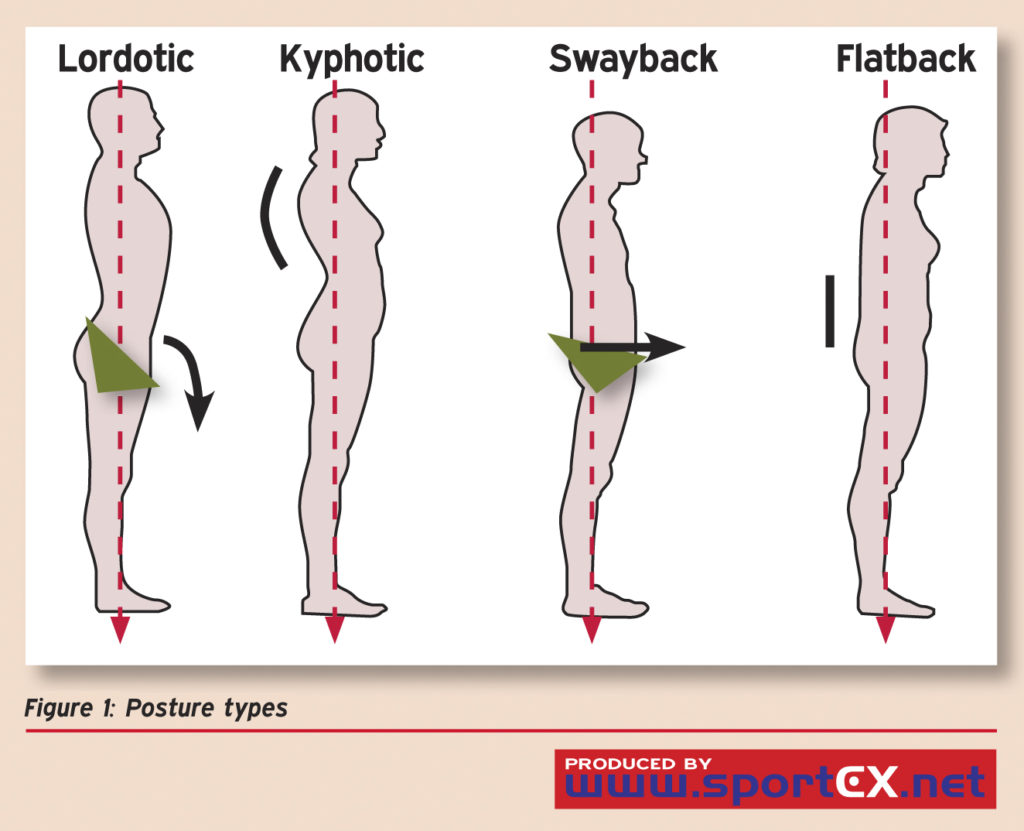Table of Contents
Know different postures you will see inside and out!
It seems like there are a bazillion different types of postural presentations. Is there any way to simplify the confusion?
Interestingly enough, things like flat back, extreme kyphosis, and even the common compensatory pattern can be explained through the movement lens we discuss on a weekly basis.
All of these postural deviations are compensations atop of compensations
How bad do you want to be able to
1) identify these postural strategies
and most importantly,
2) know how to best improve these compensations?
If it’s bad (I’m talkin’ reaaaaaaal bad), then check out Movement debrief Episode 124.
Below is a copy of the video for your viewing pleasure, and audio if you can’t stand looking at me.
Enjoy!
and the audio version:
If you want to watch these live, add me on Instagram.

 t
tShow notes
Check out Human Matrix promo video below:
Below are some testimonials for the class:
Want to sign up? Click on the following locations below:
August 1st-2nd, Boston, MA (Early bird ends July 5th at 11:55pm!)
September 12th-13th, Montreal, Canada (Early bird ends August 16th at 11:55pm!) [6 CEUs approved for Athletic Therapists by CATA!]
October 3rd-4th, Ann Arbor, MI (Early bird ends September 6th at 11:55pm!)
November 7th-8th, Charlotte, NC (Early bird ends October 11th at 11:55pm!)
November 21st-22nd, San Diego, CA (Early bird ends October 25th at 11:55pm!)
February 20th-21st, 2021, Atlanta, GA (Early bird ends January 17th at 11:55 pm!)
May 1st-2nd, 2021, Minneapolis, MN (Early bird ends April 4th at 11:55pm!)
Dickinson College in Carlisle PA (POSTPONED DUE TO COVID-19) [Approved for 14 Category A CEUs for athletic trainers]
Or check out this little teaser for Human Matrix home study. Best part is if you attend the live course you’ll get this bad boy for free! (Release date not known yet 🙁
Here is a signup for my newsletter to get nearly 5 hours and 50 pages of content, access to my free breathing and body mechanics course, a free acute:chronic workload calculator, basketball conditioning program, podcasts, and weekend learning goodies:
[yikes-mailchimp form=”1″ submit=”Get learning goodies and more”]
Analysis of Preexistent Vertebral Rotation in the Normal Spine – This study demonstrates a normal spine has a rightward rotation about it
The Relation Between Organ Anatomy and Pre-Existent Vertebral Rotation in the Normal Spine: Magnetic Resonance Imaging Study in Humans With Situs Inversus Totalis – This study shows that normal rotation mentioned above is reversed when the organ anatomy is reversed. This finding indicates that any type of lateralization is likely influenced by our internal anatomy
Zink Common Compensatory Pattern – This is the pattern J-Bird was referring to. Likely influenced by organ anatomy per above.
Below is a picture of the different postural presentations mentioned in the questions:

A great move for swayback posture is the decline quadruped on elbows:
If you need to restore spinal curves posteriorly, then you’ll definitely want to try the drunken turtle:
Basic Physics: A Self-Teaching Guide – This book is amazing when it comes to learning physics.
The sidelying tilt progression is great for wide infrasternal angles:
If you want a great way to beef up your squat, a goblet hold is a great starting point:
If you want to learn about a Dowager’s Humps, check out this debrief.
If you want to learn about which compensatory strategy to prioritize, check out this debrief.
The Lewitt pullover is a great move for a wide infrasternal angle with a concentric bias on the frontside of the body:
The home security system is a great analogy to explain how persistent pain works:
The Common Compensatory Pattern (1:08)
Big Z, can you discuss the common compensatory pattern and its value or commonalities on your thought process?
Spinal postures (7:43)
How are the following different postural compensations related to the ISAs?
- Swayback
- Flatback
- Deep arch?
- Hyperkyphosis?
Layers of Movement Compensations (20:22)
As I’ve learned more about unpacking compensatory layers I’ve started wondering when you may have a loss of return for certain rehab moves.
For instance…Let’s say you have a wide ISA who needs dorsal-rostral expansion as well as pump handle mechanics.
So what if we put them in a side plank position with a towel under the thumb of the planking arm AND we put the off-hand up overhead somewhere at a 120-180 reach simultaneously? Would having both actions going on at the same time be counterproductive as long as we could effectively manage air pressure? Or is it simply too much to focus on for most people? OR is it just smarter to attack dorsal rostral expansion first and pump-handle as a second move or even a later project? And does this context change for someone who is simply training for their ISA bias versus someone who is trying to unravel compensatory strategies and regain movement options?
Should I change my movement strategies? (29:17)
How do you determine whether or not a strategy should be continually overcome?
How do you differentiate between a strategy that is protecting a site or is necessary to retain some degree of function (ex. Like some form of compressive strategy to maintain stability in the presence of a shoulder labral tear) vs. a strategy that needs to be overcome as it is compensatory or an interference?
The reason I ask is sometimes I feel better transiently after my appt with Mike, but it kinda strikes back with a vengeance a few hours after.
I appreciate your input.
Sum Up
- Lateralization is present in all of us, but the first focus area should be bilateral exercise and motor control.
- Spinal compensations can happen with both wide and narrow infrasternal angles. The goal should be to improve movement options.
- Focus on superficial compensations before deep ones.
- Persistent pain or other sensitizations are likely to respond in many ways when there is a homeostatic disruption. Perform graded exposure to activity to favorably adapt over time.
Photo credit: Tilman Haerdle

